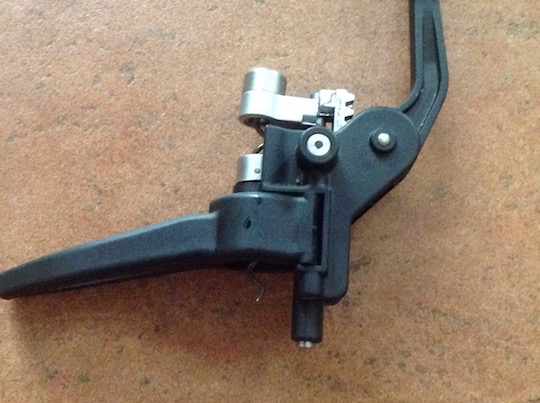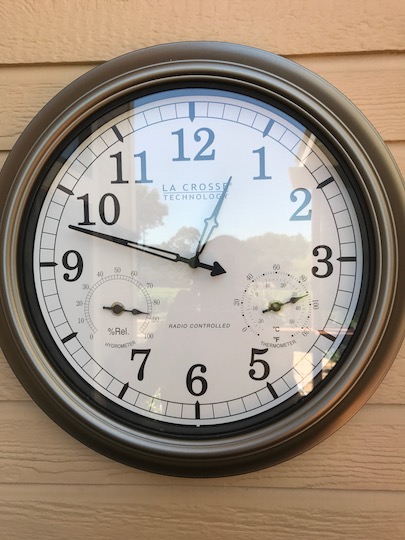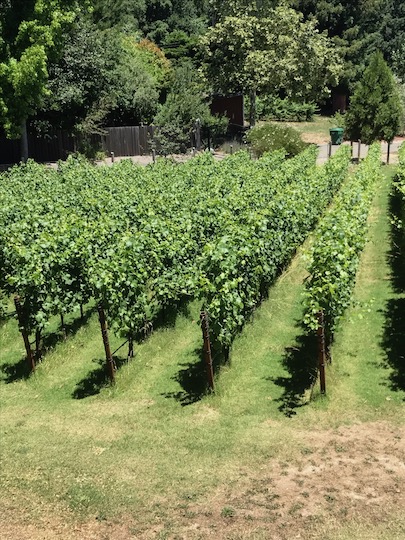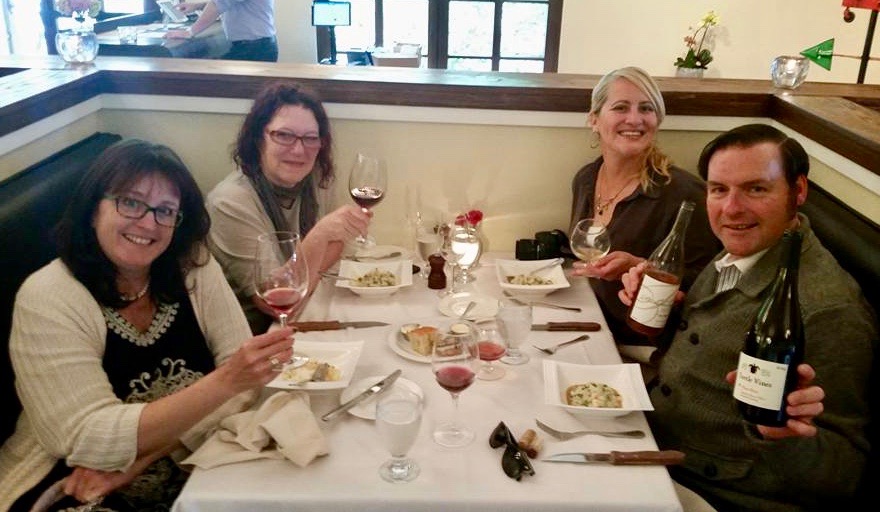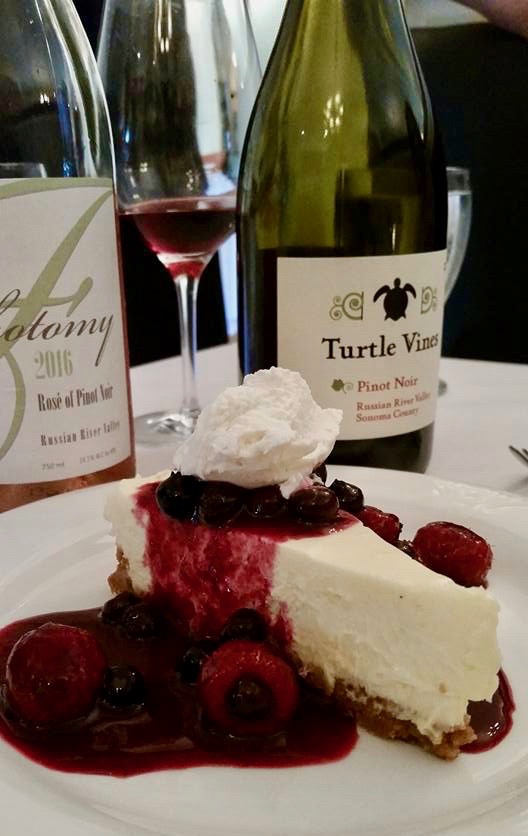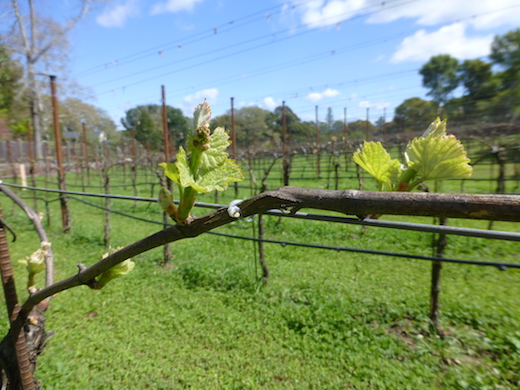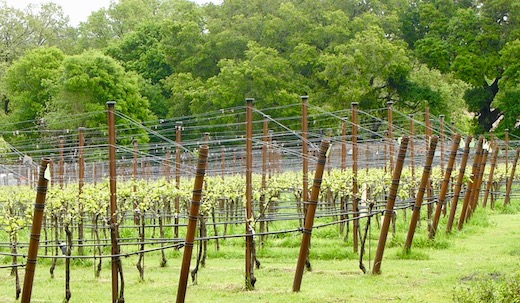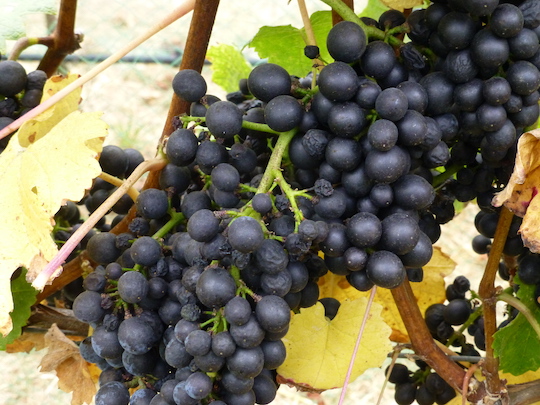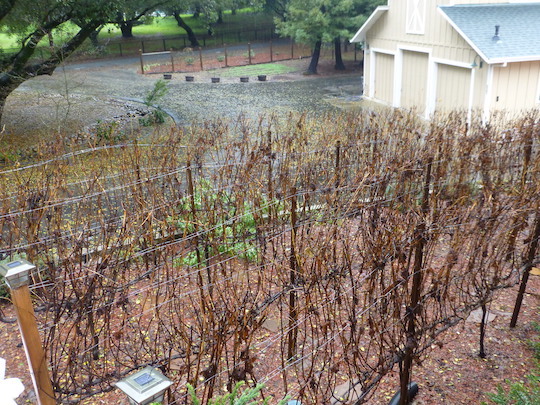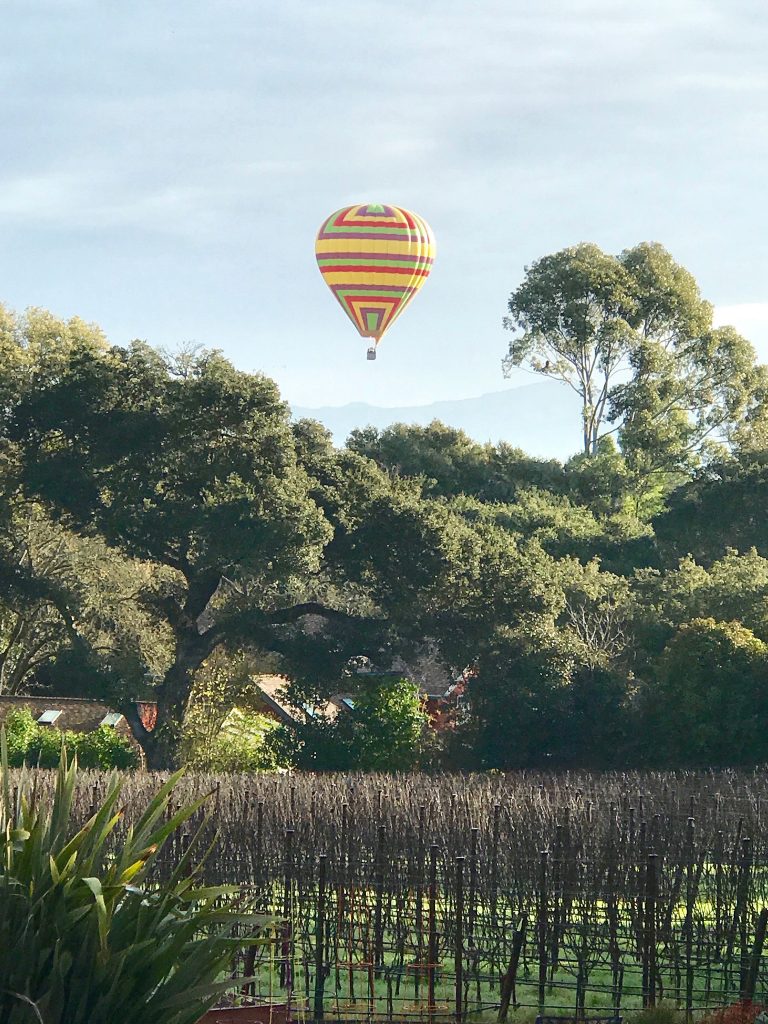
I’m sure glad my 2016 accomplishments are better that the ballon you see in the picture! It landed a block from the end of the vineyard in a neighbors backyard the first week of January.
2016 was our 5th harvest! I can’t believe how fast the time has flown by…seems like just yesterday we were planting.
Highlights of 2016
– IMHO, our wine has been getting better every vintage! Early in the year we had our 2014 Pinot Noir (our second real vintage) sent out for review to the Prince of Pinot and received 89 points after only 6 months in the bottle…and it keeps getting better. The recently bottled 2015 and 2016 (in barrel) are already tasting amazing!
2014 Turtle Vines Russian River Valley Pinot Noir
13.8% alc., pH 3.90, TA 0.58, $34. 50% Pommard and 50% Dijon 667 clones from an estate vineyard planted in 2010. 5% whole clusters. Aged in 25% new French oak. · Moderate reddish purple hue in the glass. The nose is flush with earthy flora and savory herb aromas. The palate is more fruity, offering middleweight spiced cherry flavor with a pinch of smoky oak. Very sleek and silky with invisible tannins. Score: 89
– 2016 winemaking was a real challenge. Due to the weather the grapes developed sugars much earlier than flavors. We had to let them hang on the vine until they had a brix of 25-26 percent…much higher than I normally like to pick, which is around 24 percent. This drove up the pH. So…in California you are allowed to add acid and water because the state has an abundance of sun, and we have ended up with a wonderfully balanced wine!
– We continue to work with Hanzell Vineyards in Sonoma to sell them grapes for their “Sabella” Pinot Noir. It is sold in fine restaurants throughout the nation. We are very happy to continue to work with Michael McNeill and learn from his expert hand on how to make Pinot Noir. Just wish we had more to sell to him.
– 2016 was an interesting Harvest. Our 667 clone was close to full production for the first time…but our Pommard did not fare as well. As a result we only sold 3.2 tons of grapes, which was twice as much as 2015 but not as much as 2014. Hopefully, with a good fruit set, a revamped spray program, and sunshine and water at the appropriate time, we will sell 5 tons this year!
– We did a few things around the vineyard to improve quality and make our lives easier. Ever since we planted in 2010 we had about 70 vines that looked different and some even had Chardonnay grapes on them. It took us 2 years to determine that most of them were Merlot…so the last few years we made Merlot. Unfortunately, they were all not in the same location and they ripen a month after the Pinot Noir. Due to this we decided to graft them over to our favorite clone, Pommard. All but a few of the grafts took well, and they should be producing Pinot Noir this year. In addition, we pruned back the oak trees on the south side of the vineyard that were shading our vines. This should help at fruit set to produce more bunches and help to ensure that the grapes on those vines ripen the same time as the rest of the vineyard.
– We implemented a plan to reduce the pH of our grapes at harvest by dripping Epson Salt 5 times at 55 pounds each time during the growing season. We do this to reduce the amount of potassium uptake from our soil to the grapes. Most vineyard do not have enough potassium but we have it in abundance. This worked to reduce our pH at harvest by about 0.3 pH units. A huge improvement but still not enough.
– Lastly, we modified our powdery mildew spray program to reduce the incidence in the vineyard. For Sonoma Valley is was another difficult year to be organic, and Turtle Vines was no exception. More improvements are planned for 2017.
